I have the following query
select * from
(
SELECT distinct
rx.patid
,rx.fillDate
,rx.scriptEndDate
,MAX(datediff(day, rx.filldate, rx.scriptenddate)) AS longestScript
,rx.drugClass
,COUNT(rx.drugName) over(partition by rx.patid,rx.fillDate,rx.drugclass) as distinctFamilies
FROM [I 3 SCI control].dbo.rx
where rx.drugClass in ('h3a','h6h','h4b','h2f','h2s','j7c','h2e')
GROUP BY rx.patid, rx.fillDate, rx.scriptEndDate,rx.drugName,rx.drugClass
) r
order by distinctFamilies desc
which produces results that look like

This should mean that between the two dates in the table the patID that there should be 5 unique drug names. However, when I run the following query:
select distinct *
from rx
where patid = 1358801781 and fillDate between '2008-10-17' and '2008-11-16' and drugClass='H4B'
I have a result set returned that looks like

You can see that while there are in fact five rows returned for the second query between the dates of 2008-10-17 and 2009-01-15, there are only three unique names. I've tried various ways of modifying the over clause, all with different levels of non-success. How can I alter my query so that I only find unique drugNames within the timeframe specified for each row?